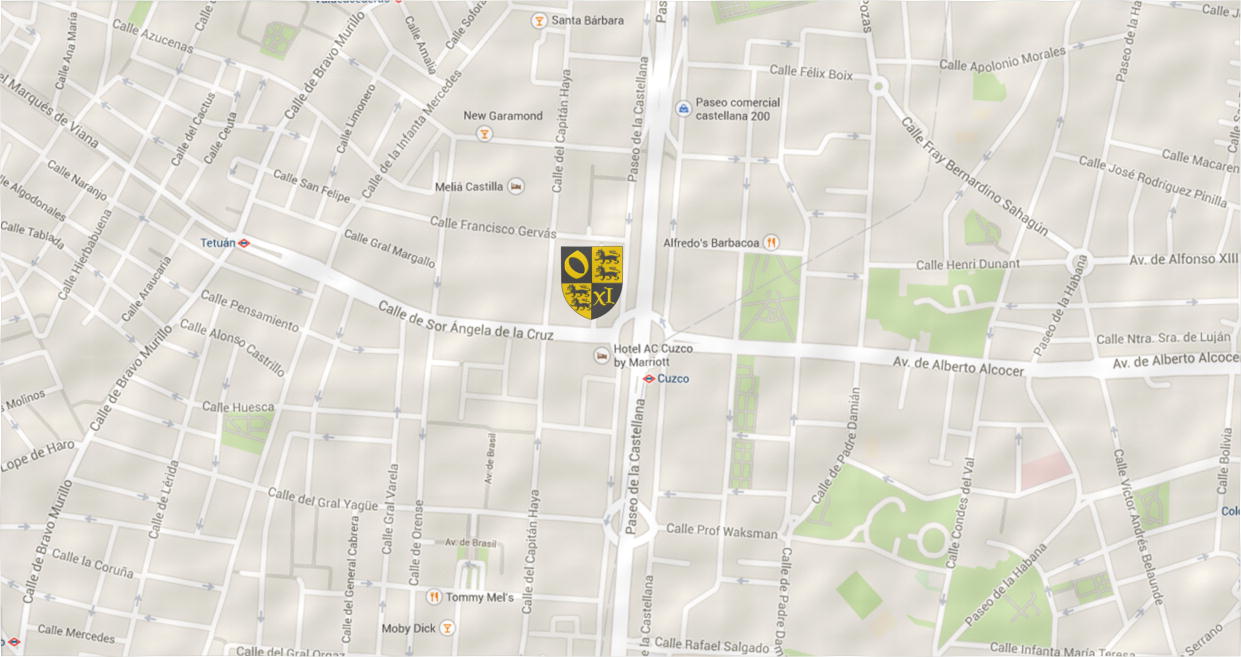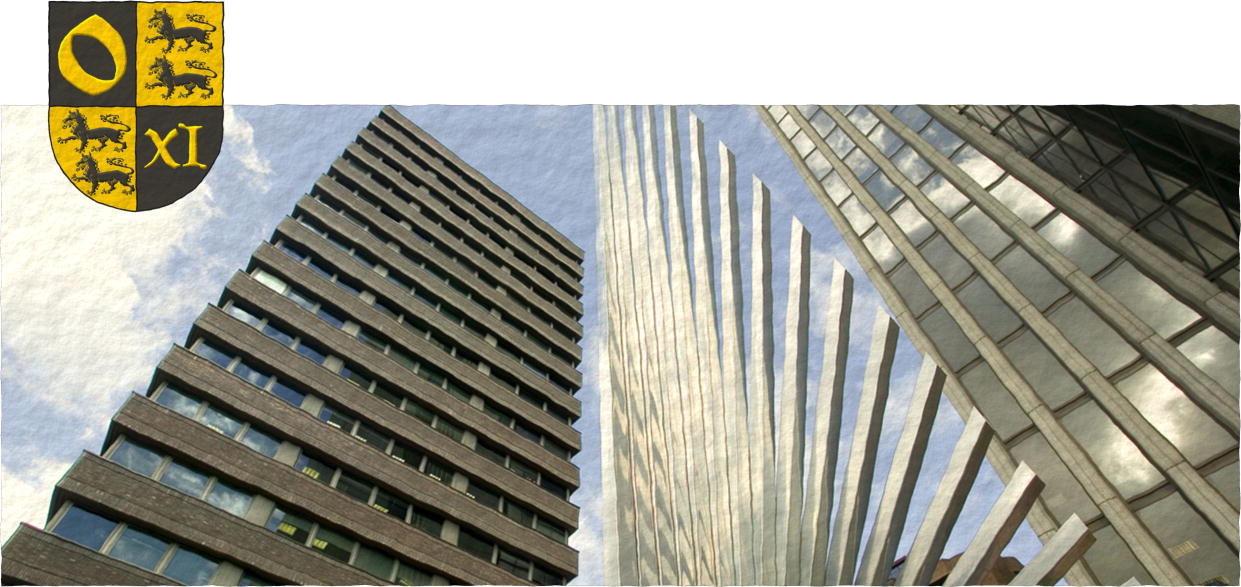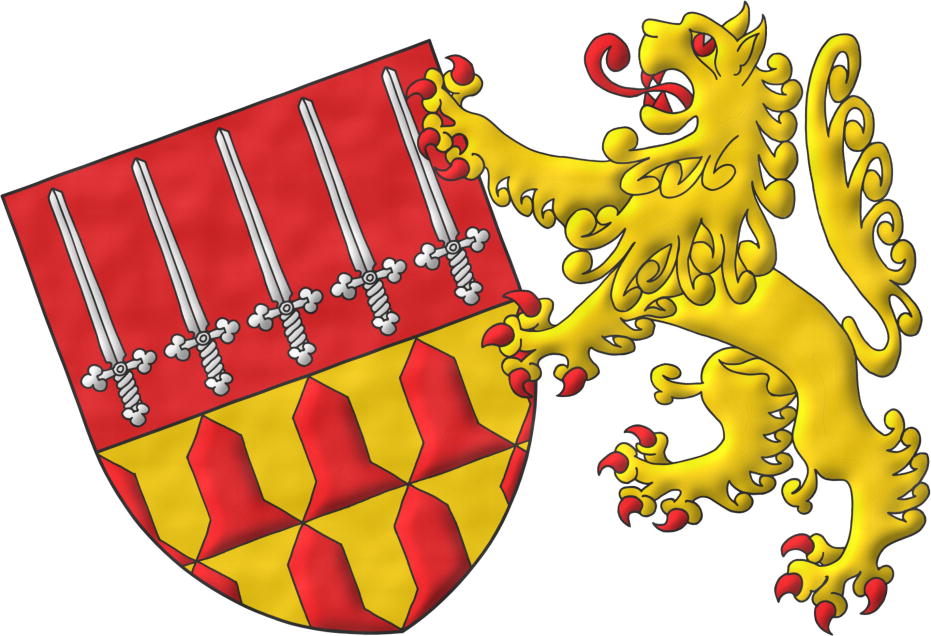
![Ver [Pastoureau, M.; 1997] en referencias bibliográficas. Libro abierto, hojas de plata, filo de oro, guardas de gules, tapas de sable.](../css/Libro.Bibliografia.png)
Pastoureau, M.; 1997
Michel Pastoureau and Francisca Garvie, «Heraldry: Its Origins and Meaning», New Horizons collection, edited by Thames and Hudson, London, 1997.
Bibliographical reference of century XX.
The author is Pastoureau, Michel.


![Ver [The Heraldry Society; 2013] en referencias bibliográficas. Libro abierto, hojas de plata, filo de oro, guardas de gules, tapas de sable.](../css/Libro.Bibliografia.png)
The Heraldry Society; 2013
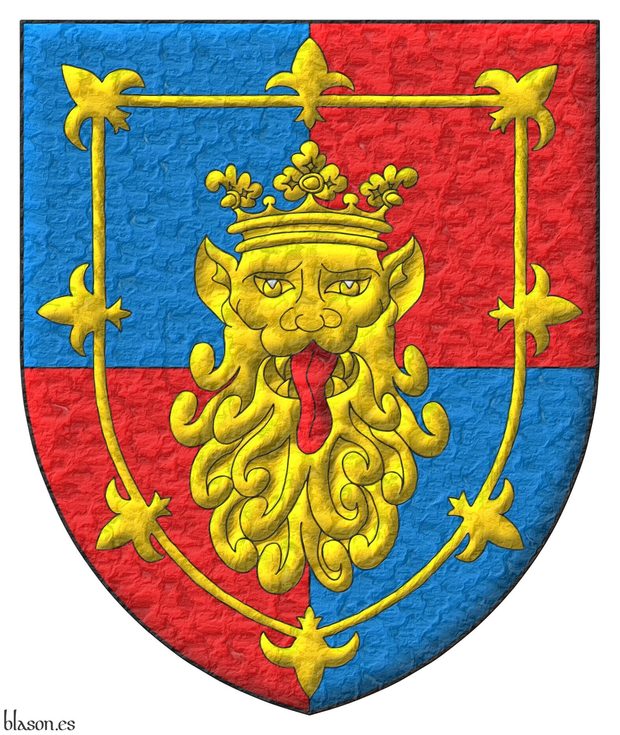
The Heraldry Society, «Education Pack, A brief explanation of Heraldry for teachers together with explanatory sheets and templates for students», Baldock, Hertfordshire, 2013.
This bibliographical reference is illustrated with the quartered coat of arms of The Heraldry Society.
Bibliographical reference of century XXI.
Author: The Heraldry Society.
The following article cites this bibliographic reference:
External link:
Internal resources: TheHeraldrySociety2013.EducationPack.pdf.


Heraldry societies
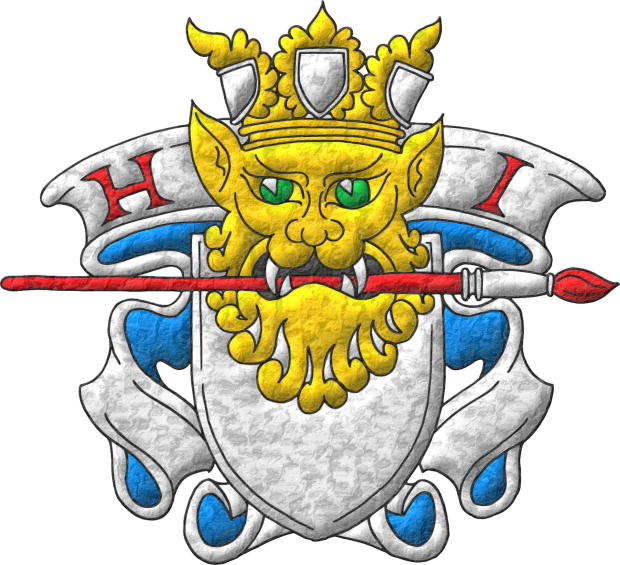
I am:
- heraldic artist member of the Society of Heraldic Arts,
- member of The Heraldry Society,
- honoured member of The International Heraldry Society,
- heraldic artist member of Heralds International,
- correspondent fellow of the Asturian Academy of Heraldry and Genealogy,
- correspondent fellow of the Institute of Historical Research Bances y Valdés, Principality of Asturias,
- correspondent fellow of the Academia de Letras e Artes da Guiné-Bissau, and
- honorary pursuivant of arms extraordinary of the Heraldry Society of Africa.


Location map
The following map shows the location of my studio in Madrid in the Paseo de la Castellana 135, just where the street of Sor Angela de la Cruz is born from the Plaza de Cuzco.
The sculpture of straight bars of stainless steel rotated around an axis made by Andreu Alfaro in 1979, with its 12 meters high, helps the location of my studio.
Credits: Andreu Alfaro is the author of the sculpture.


![Ver [Emblemata; 1999] en referencias bibliográficas. Libro abierto, hojas de plata, filo de oro, guardas de gules, tapas de sable.](../css/Libro.Bibliografia.png)
Emblemata; 1999
Baron of Valdeolivos Emblematic Chair, of the Fernando el Catolico Institution, of the Centre of Scientific Research (C. S. I. C.) and of the Government of Zaragoza, «Emblemata», Volume 5th, Emblemata Aragonese Magazine about Emblems (E. R. A. E.), 484 pages, 124 pictures, ISSN 1137-1056, Legal deposit Z.3.937 1996, printed by the Cooperativa de Artes Gráficas Librería General, Zaragoza, 1999.
Bibliographical reference of century XX.
Classification: Magazine and Castilian language.
The author is Cátedra de Emblemática Barón de Valdeolivos.
External resource:


Freedom and legitimacy to adopt arms
In Spain we are all legitimated to adopt and have our own coat of arms, it is a privilege that we can give ourselves in a pure exercise of freedom, is a right that has been passed down to us throughout our history, and it is as beautiful and simple as it seems.
Fernando Garcia-Mercadal and García-Loygorri is one of the experts who best described this idea when he writes: «It is the adoption itself... the original way of acquiring a personal blazon that consists of the intellectual of a new coat of arms by whom it intends to make it his own, having the capacity and intention to assume it and subject it to heraldic laws and customs...» and on the basis of it makes us notice that «it can be maintained that every person... has the right, nowadays, to take on new arms, with the exception of blazons owned by others or the acquisition of one which is contrary to law». According to the same author, the proper adoption of a coat of arms has 3 outstanding features [García-Mercadal y García-Loygorri, F.; 2012; page 281]:
- «Is an act... that can have legal effects,... which implies an intellectual creation,... the mental invention of a certain form and contents that in Western culture are known as coat of arms or blazon»,
- «Has an identifiable purpose, inasmuch as its object is to be represented by means of the same and, as the case may be, transmit it to its heirs» and
- «is not an act of free will, since the suitor must submit his armories to design rules».


Conception, a phase with three activities
Elicitation and ideation:
- Its objective is to acquire all the signifieds, the ideational components, which must be represented in the blazon as well as the conceptual and symbolic ideation of the shield.
- Its output must be a candidate representation alongside one or more alternative depictions.
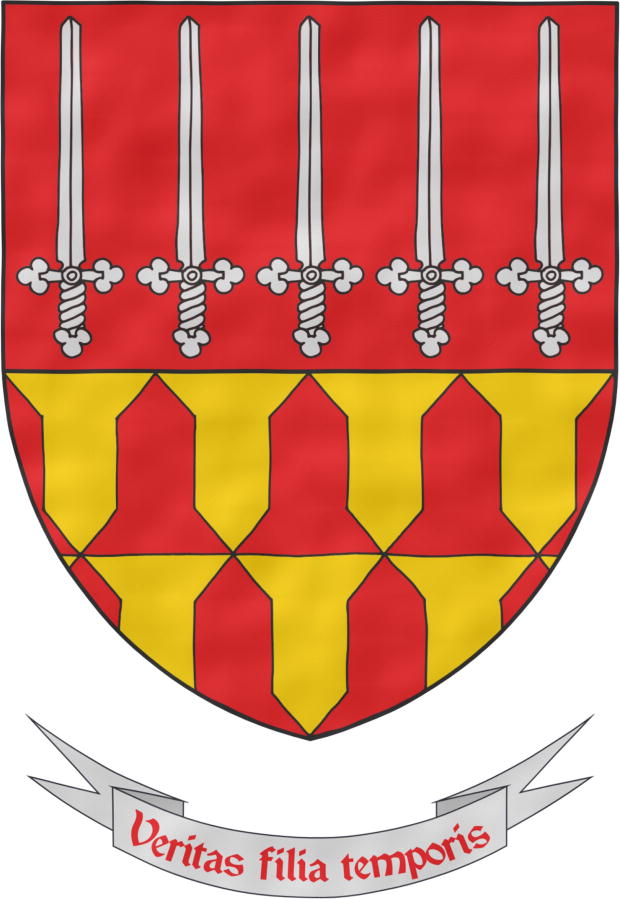
Heraldic research and critique:
- Its purpose is to compare the candidate design with the proposed alternatives, first by its heraldic investigation and comparison with other blazons and finally by its esthetic relative estimation.
- The crop will be the documented decision on the chosen design.
Creation of a sketch of the coat of arms:
- The aim is the realization a first exhibit of the translation of the blazon into a shield. The activity includes a delineation of the future ornament with at least the motto.
- The result must be an initial acceptance by the future owner and may be an agreement for a refining cycle going back to any of the previous stages.

Sigue por: Salmerón Cabañas, A.; 2008.
-
Language
-
Categories of heraldry
-
Divisions of the field
- Without divisions
- Party per pale
- Party per fess
- Party per bend sinister
- Tierce
- Tierce sinister
- Tierced per bend
- Quarterly
- Quarterly per saltire
- Gyronny
- Party per fess, the chief per pale
- Party per pale, the sinister per fess
- Party per fess, the base per pale
- Party per pale, the dexter per fess
- Party per chevron
- Indented
- Enté en point
- Flanched
-
Metals
-
Colours
-
Furs
-
Other tinctures
-
Ordinaries and sub-ordinaries
-
Diminutives of the ordinaries
-
Other charges
-
Charges from Nature
Eagle, Two hands clasped, Lark, Tree, Rainbow, Trunk of a tree, Atom, Barbel, Acorn, Arm, Owl, Horse, Head, Thistle, Stag, Doe, Crescent, Increscent, Tail, Heart, Roe deer, Neck, Roe deers' attires, Raven, Dolphin, Diamond, Tooth, Elephant, Starling, Mullet, Estoile, Male figure, Fleur de lis, Hop cone, Puffin, Ash, Paw, Goose, Seagull, Pomegranate, Sunflower, Falcon, Leaf, Flame, Boar, Barn owl, Lion, Lioness, Lion passant, Leopard, Lion rampant guardant, Lynx, Lily, Wolf, Hand, Apple, Martlet, Wing, Two wings in vol, Covert, Mount, Trimount, Wrist, Orbital, Bear, Palm tree, Poplar leaf, Paw, Peacock, Chest, Dog, Brach hound, Fish, Hoof, Quill, Cinquefoil, Quetzal, Branch, Oak, Rose, Double rose, Serpent, Sun in splendour, Ray of the sun, Stem, Wheat, Wheat spike, Bull, Tulip, Udder, Escallop and Fox.
-
Artificial charges
Halberd, Plough share, Ace of spades, Cyclamor, Torch, Harp, Non-classic artifact, Ship, Beret, Grenade, Ecclesiastical cap, Chain, Covered cup, Bell tower, Cannon dismounted, Carbuncle, Castle, Clarion, Nail, Cord, Dagger, Key ward, Turret, With a turret, Sword, Sabre, Scroll, Arrow, Garb, Gauntlet, Buckle, Spear, Spear's head, Letter, Book, Line, Key, Four crescents joined millsailwise, Hammer, Menorah, Number, Knot, Celtic Trinity knot, Parchment, Piano, Millstone, Millrind, Millwheel, Bridge, Hourglass, Chess rooks, Compass rose, Rosette of acanthus leaves, Mullet of six points pierced, Portcullis, Wheel, Wagon-wheel, Symbol, Sackbut, Drum, Tower, Trident, Double vajra and Anvil.
-
Immaterial charges
Angel, Heart enflamed, Sacred Heart of Jesus, Paschal lamb, Dragon, Phoenix, Griffin, Winged hand, Pegasus, Saint George, Trinity, Triton, Golden fleece and Unicorn.
-
External elements
-
Heraldic creations
-
References
-
Formats
-
Keywords on this page
Artist, Azure, Bibliography, Surmounted, Head, Contact, Quarterly, Doctor, In the fess point, The eyes, Flory, Gules, Langued, Castilian language, Leopard, Or, Intellectual property, Magazine, Sable, Century XX, Century XXI, Overall, Tressure and Your arms.
